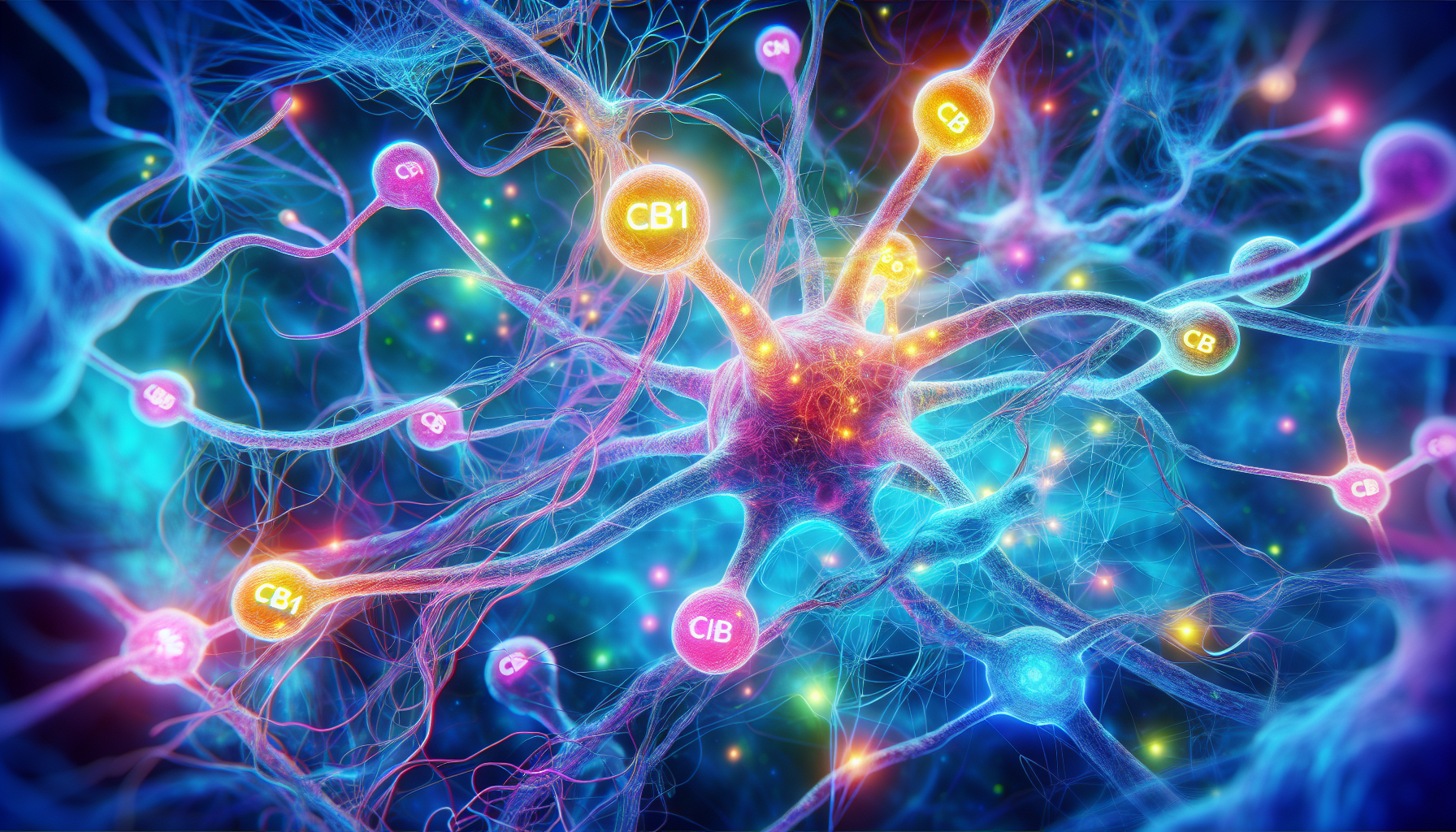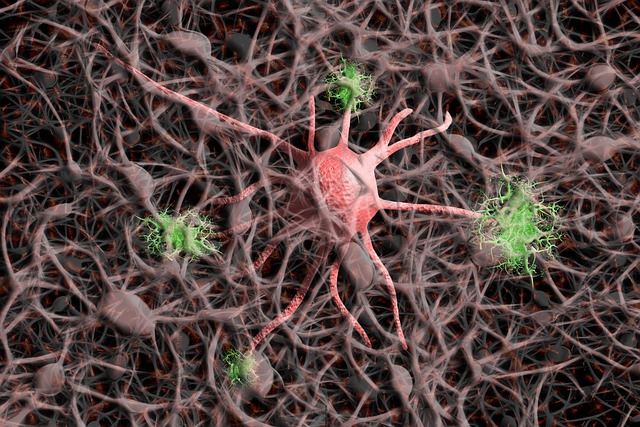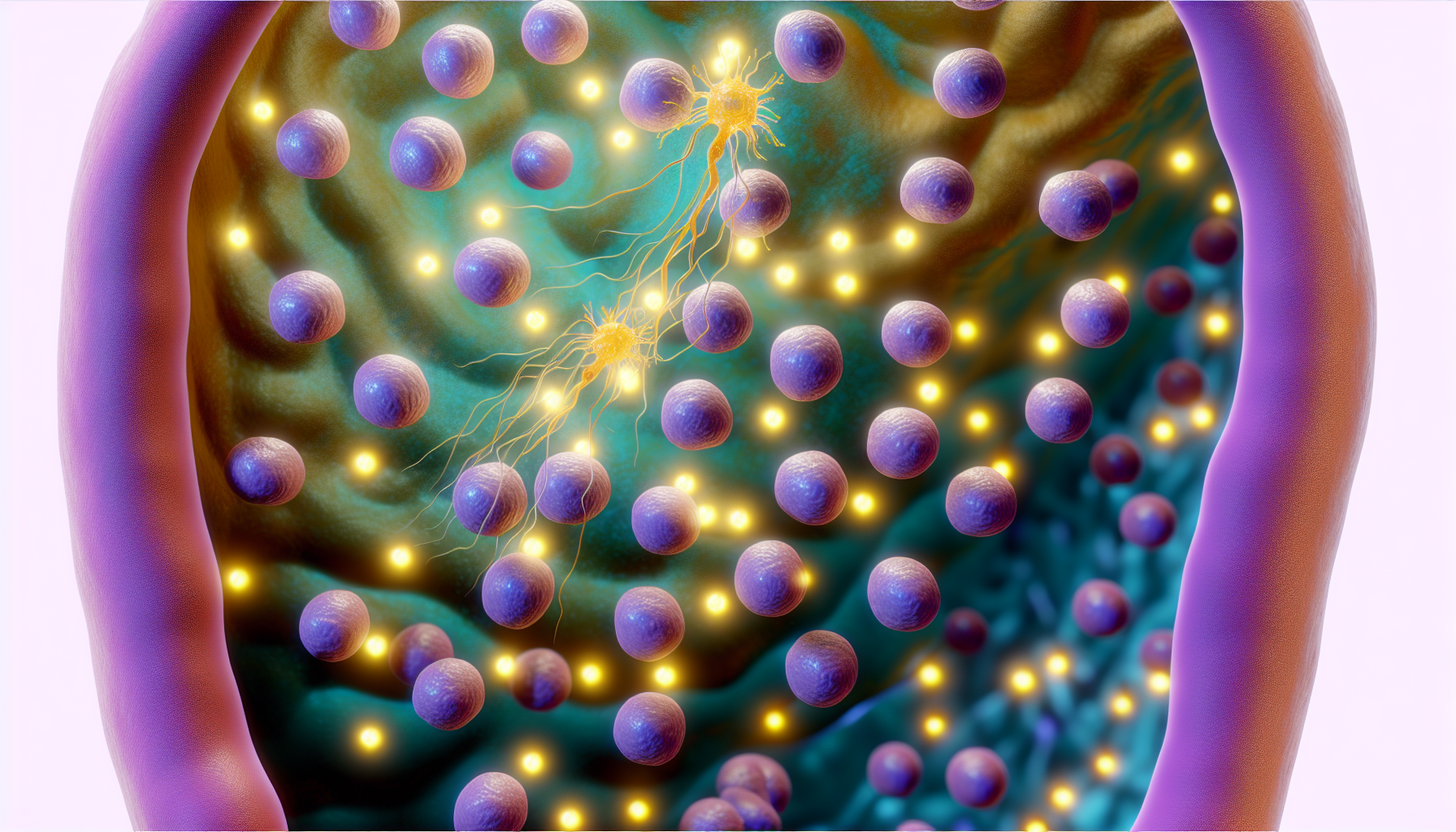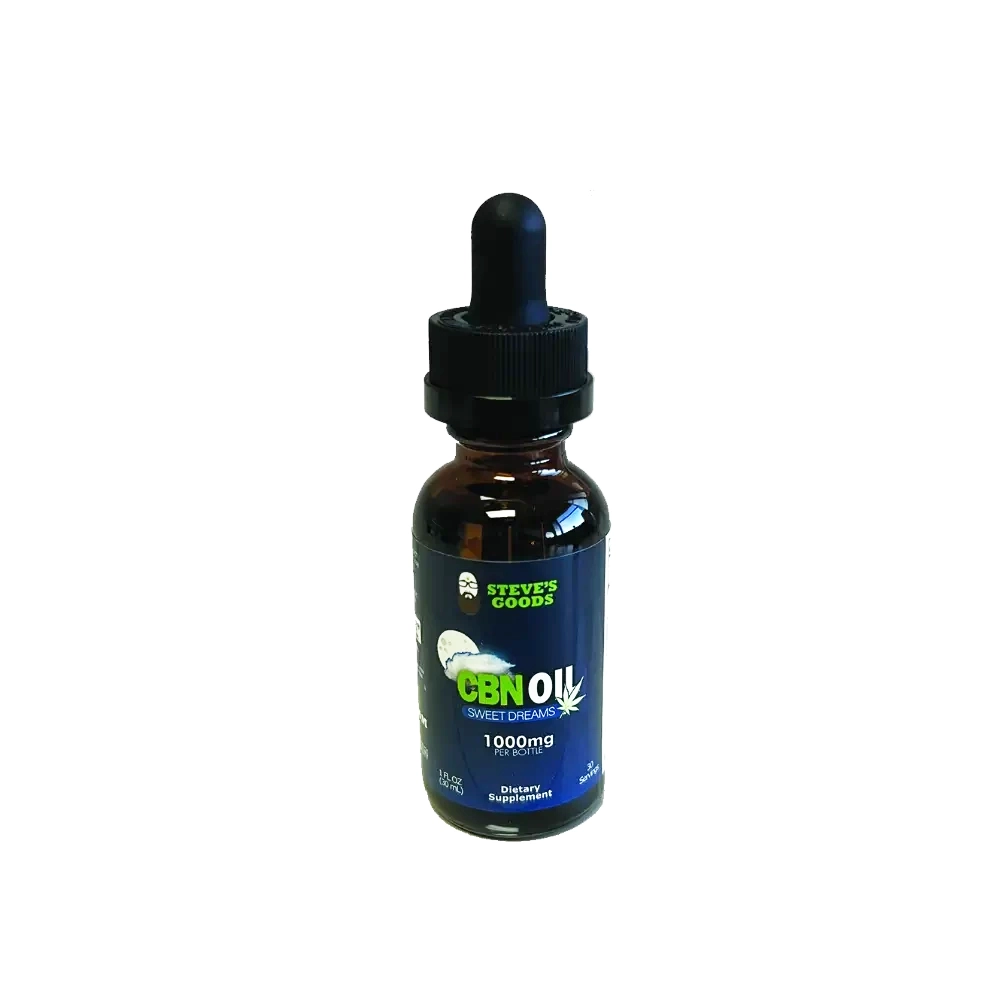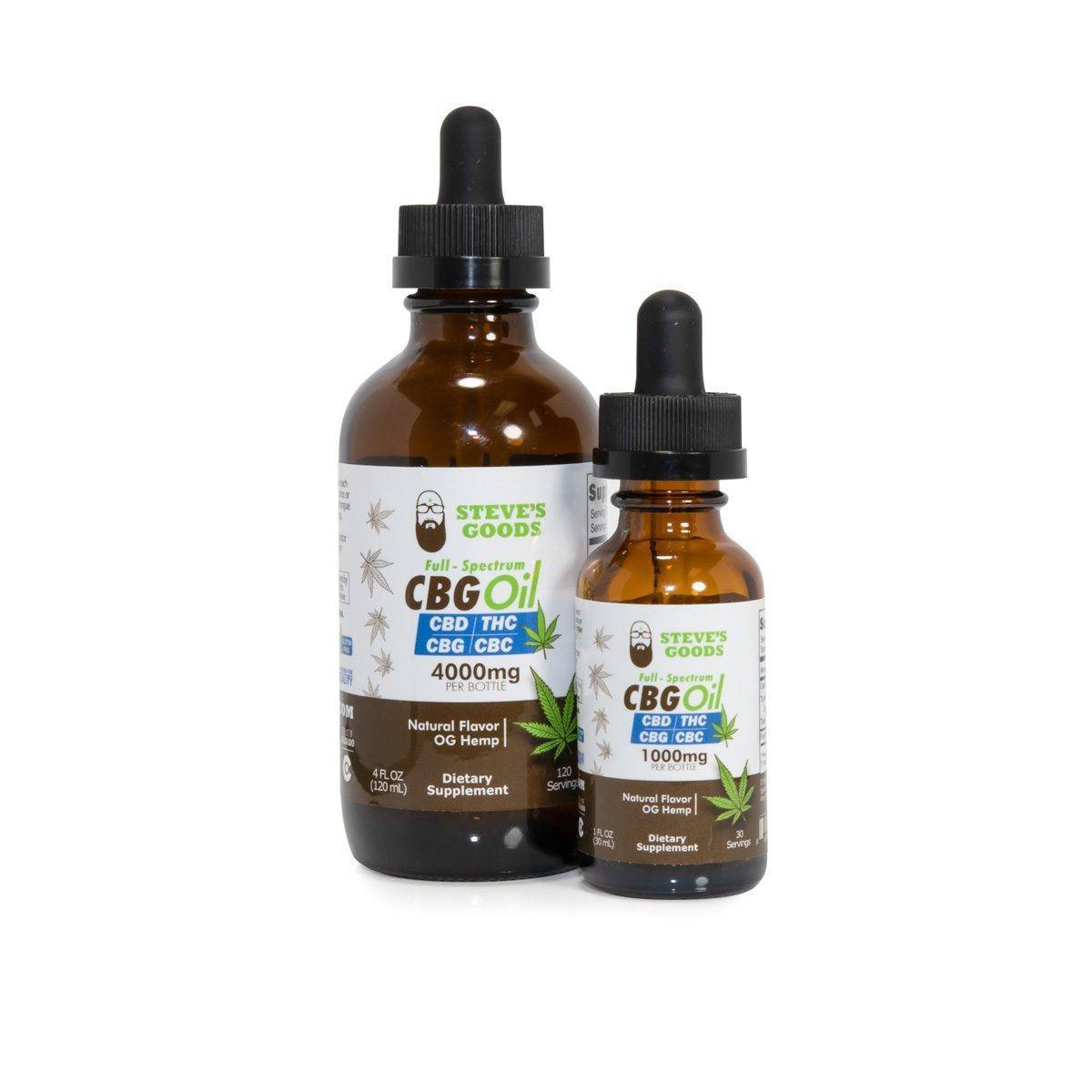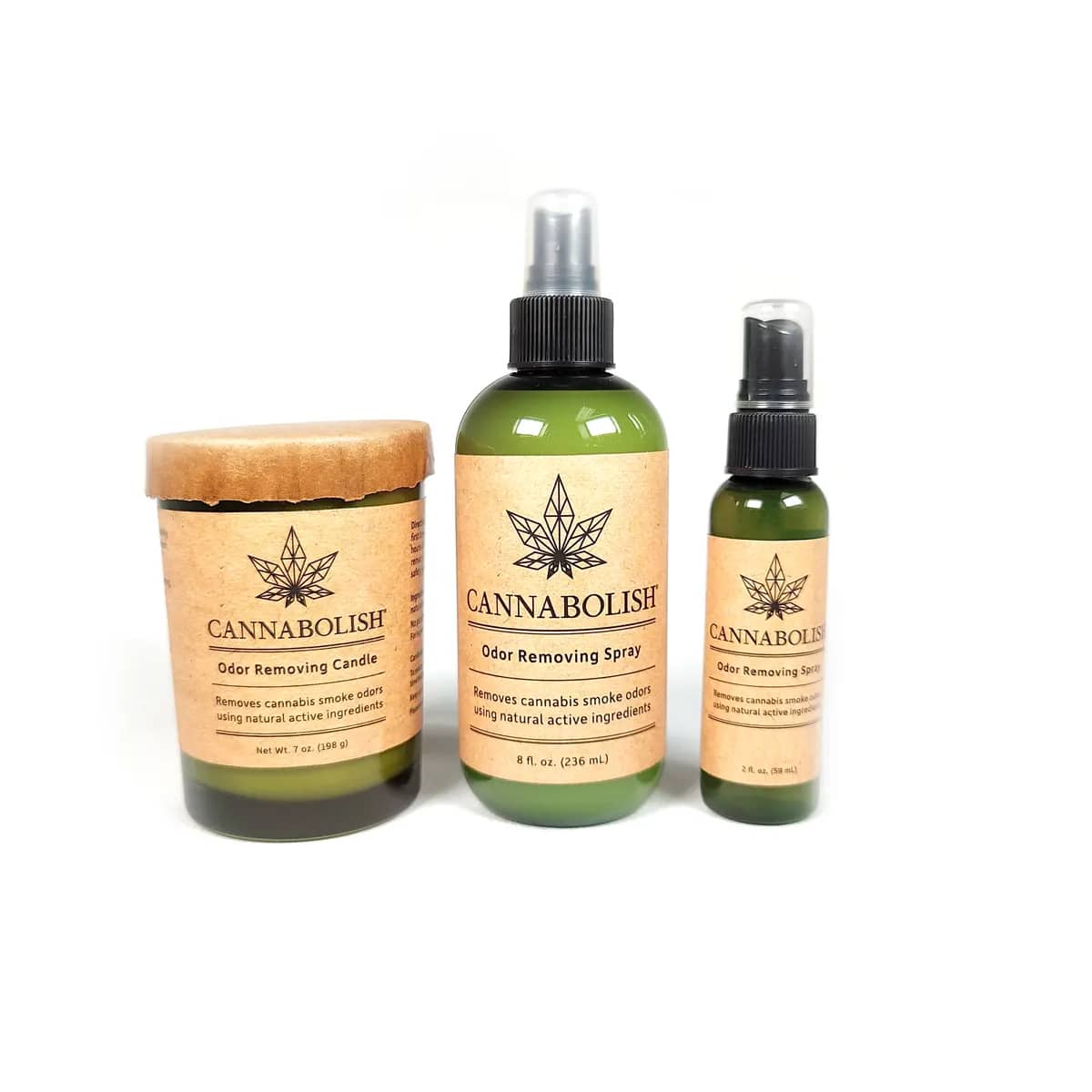Exploring What Is CBN: The Potential Benefits and Considerations for Wellness
What is CBN? Cannabinol, or CBN, emerges as THC ages in the cannabis plant. Unlike THC, it won’t get you high but instead has sparked interest for its soothing qualities and potential wellness benefits. This article delves into CBN’s properties, its interaction with the body, and the ongoing research surrounding its potential use cases.
Key Takeaways
-
CBN, or Cannabinol, derived from aged cannabis and the oxidation of THC, is being studied for potential therapeutic benefits, including sleep aid, pain relief, and neuroprotective effects. However, further research is required to fully understand its interaction with the endocannabinoid system and overall efficacy.
-
Various CBN products, such as oils, tinctures, gummies, and capsules, are available. Users must consult healthcare professionals for safe dosing and be aware of the potential sedative effects and drug interactions associated with CBN consumption.
-
The legal status of CBN is complex, generally permitted in the U.S. if derived from hemp, but varies based on local laws. Regulation challenges exist due to potential impurities, varying dosages, and the absence of standardized guidelines, emphasizing the need for consumer caution and professional guidance.
Understanding CBN: Origins and Properties
CBN, or Cannabinol, is a minor cannabinoid found in mature cannabis flowers. Originating from the Cannabis Sativa plant, this mildly psychoactive compound has gained attention for its potential benefits in managing sleep disorders. Unlike its more infamous sibling, THC, CBN does not induce the same intoxicating effects. Instead, it is gaining a reputation for its potential as a sleep aid.
Presently, the ‘CUPID’ study is examining the immediate effects of oral CBN on sleep and subsequent-day functionality in individuals with insomnia and other sleep disorders. While these developments are promising, a comprehensive understanding of CBN’s effects and potential benefits requires further research.
The Cannabis Sativa Plant
The Cannabis Sativa plant is a treasure trove of over 104 cannabinoids, including THC (Δ9-tetrahydrocannabinol), CBD (Cannabidiol), and CBG (Cannabigerol), which have been studied for their potential benefits in treating conditions like myofascial pain. Amidst these common cannabinoids, CBN holds a special place for its soothing properties that may alleviate conditions such as insomnia. Besides, it also demonstrates neuroprotective abilities and potential in pain relief and appetite stimulation. Interestingly, cannabinol delays symptom onset, adding to this compound’s potential benefits.
Although cannabinoid research is developing, insights are emerging about how these cannabinoids interact with our body’s endocannabinoid system. Each cannabinoid contributes unique properties, enriching the potential benefits that medical cannabis might provide.
Formation Process
CBN is formed through a unique process – the oxidation of THC. This means that it is more abundant in aged cannabis flowers. As THC degrades over time, it transforms into CBN, a process that can be expedited by exposure to heat, air, and light. The concentration of CBN thus increases as cannabis flowers age, giving it a higher prominence in old, dried cannabis flowers.
This fascinating formation process is just one of the many ways CBN differentiates itself from other cannabinoids. It is a testament to the dynamic nature of the cannabis plant and the diverse range of compounds it produces. The National Cancer Institute has recognized the potential therapeutic benefits of cannabinoids, including CBN, hinting at the immense potential of this unique cannabinoid.
CBN’s Interaction with the Endocannabinoid System
CBN, or Cannabinol, is a minor cannabinoid found in mature cannabis flowers. Originating from the Cannabis Sativa plant, this mildly psychoactive compound has gained attention for its potential benefits in managing sleep disorders. Unlike its more infamous sibling, THC, CBN does not induce the same intoxicating effects. Instead, it is gaining a reputation for its potential as a sleep aid.
Presently, the ‘CUPID’ study is examining the immediate effects of oral CBN on sleep and subsequent-day functionality in individuals with insomnia and other sleep disorders. While these developments are promising, a comprehensive understanding of CBN’s effects and potential benefits requires further research.
The Cannabis Sativa Plant
The Cannabis Sativa plant is a treasure trove of over 104 cannabinoids, including THC (Δ9-tetrahydrocannabinol), CBD (Cannabidiol), and CBG (Cannabigerol), which have been studied for their potential benefits in treating conditions like myofascial pain. Amidst these common cannabinoids, CBN holds a special place for its soothing properties that may alleviate conditions such as insomnia. Besides, it also demonstrates neuroprotective abilities and potential in pain relief and appetite stimulation. Interestingly, cannabinol delays symptom onset, adding to this compound’s potential benefits.
Although cannabinoid research is developing, insights are emerging about how these cannabinoids interact with our body’s endocannabinoid system. Each cannabinoid contributes unique properties, enriching the potential benefits that medical cannabis might provide.
Formation Process
CBN is formed through a unique process – the oxidation of THC. This means that it is more abundant in aged cannabis flowers. As THC degrades over time, it transforms into CBN, a process that can be expedited by exposure to heat, air, and light. The concentration of CBN thus increases as cannabis flowers age, giving it a higher prominence in old, dried cannabis flowers.
This fascinating formation process is just one of the many ways CBN differentiates itself from other cannabinoids. It is a testament to the dynamic nature of the cannabis plant and the diverse range of compounds it produces. The National Cancer Institute has recognized the potential therapeutic benefits of cannabinoids, including CBN, hinting at the immense potential of this unique cannabinoid.
CBN’s Interaction with the Endocannabinoid System
CBN does not work in isolation. It interacts with our body’s endocannabinoid system – a complex cell signaling network that regulates various physiological functions, including pain, inflammation, and immune response. The endocannabinoid system comprises endocannabinoids, enzymes, and receptors distributed throughout the body, including two key receptors: CB1 and CB2.
CBN engages with this system by binding to CB1 and CB2 receptors. While it demonstrates a higher affinity for CB2 receptors, its interaction with CB1 receptors in the central nervous system can lead to therapeutic benefits. Despite the encouraging findings, further research is required to comprehend the extent and implications of these interactions completely.
CB1 Receptors
CB1 receptors are predominantly found in the brain and central nervous system. They are primarily situated on nerve cells within the brain and spinal cord, with an additional presence in some peripheral regions, including the testis, eye, vascular endothelium, and spleen. Although CBN exhibits a higher affinity for CB2 receptors, its interaction with CB1 receptors has been noted to contribute to potential therapeutic effects.
CBN’s interaction with CB1 receptors can impact the brain and central nervous system in various ways, such as neuroprotection, inducing relaxation, and potentially enhancing brain health. These effects might stimulate appetite and manifest anticonvulsant and sedative effects. Nevertheless, further research is necessary to comprehend the extent of these interactions fully.
CB2 Receptors
Unlike CB1 receptors, CB2 receptors are primarily located in the immune system and play a significant role in various immune functional processes. CBN exhibits a higher affinity for CB2 receptors and acts as a weak psychoactive compound by binding to these cannabinoid receptors.
Empirical research indicates that CBN exhibits binding solid affinities and is a partial agonist at CB2 receptors. This interaction could lead to anti-inflammatory and pain-relieving effects, further highlighting CBN’s potential therapeutic benefits. However, similar to CB1 receptors, a deeper understanding of the extent and implications of these interactions requires further research
Potential Therapeutic Benefits of CBN
CBN is gaining recognition for its prospective therapeutic benefits. Although research is in preliminary stages, initial findings suggest that CBN might have a variety of applications in improving sleep, alleviating pain, and offering neuroprotective effects. In particular, CBN has been studied as a potential sleep aid, with some studies indicating that it could help improve sleep in individuals with subjective sleep difficulty.
It’s noteworthy, however, that CBN’s effectiveness is amplified when used synergistically with other cannabinoids. This is a testament to the ‘entourage effect’ – the idea that the combined effect of all cannabinoids is greater than the sum of their individual effects.
Despite the encouraging findings, it’s essential to underscore that further research is required to confirm these potential benefits. As with any new therapeutic solution, it’s crucial to approach CBN with a balanced perspective, weighing its potential benefits against any potential risks and considerations.
Sleep Aid
One of the key potential benefits of CBN is its potential as a sleep aid. While there is limited research supporting the effectiveness of CBN in improving sleep quality, some studies suggest that it positively impacts sleep. For instance, CBN may exhibit sedative effects when paired with THC and specific terpenes.
However, these findings should be approached with caution. While CBN shows promise, the current evidence is insufficient to conclusively establish its effectiveness as a sleep aid for those with a sleep disorder. As always, it’s advisable to seek guidance from a healthcare professional before starting any new treatment regimen, including sleep aids.
Pain Relief
CBN has also been studied for its potential role in pain relief. Preclinical studies suggest that CBN could relieve conditions like muscle and joint pain, with enhanced outcomes observed when combined with CBD. This could make CBN a valuable addition to the toolkit of those dealing with chronic pain conditions.
However, similar to its potential as a sleep aid, these findings need further research for validation. The potential of CBN for pain relief is promising. Still, it’s essential to approach these early findings with caution and to consult with a healthcare professional before integrating CBN into a pain management regimen.
Neuroprotective Effects
Research has also suggested potential neuroprotective effects of CBN. Animal studies have indicated that CBN may help protect aging brain cells and potentially slow the progression of conditions like ALS. CBN facilitates neuroprotection by mitigating alterations in the extracellular matrix (ECM) protein and restoring intraocular pressure levels to normal.
However, it’s worth mentioning that these findings are derived from animal studies, requiring more research to ascertain if these effects apply to humans. As always, it’s recommended to consult with a healthcare professional before starting any new treatment regimen.
CBN Products and Consumption Methods
CBN can be consumed in various forms, making it a versatile option for those interested in exploring its potential benefits. CBN products are available in the form of:
-
Oils
-
Tinctures
-
Capsules
Each of these forms offers different advantages and allows for other consumption methods, allowing consumers to choose the product that best fits their needs and lifestyle.
It’s important to note that CBN oil combines CBN extract derived from hemp plants and carrier oil, which is used as an ingestible supplement. This form of CBN is favored over smoking due to its ability to provide more precise dosing and convenience. Like any new product, it’s paramount to select a reliable and trustworthy product and consult a healthcare professional to determine a safe dosage.
CBN Oils
CBN oils are produced by combining CBN extract with a carrier oil, such as:
-
MCT oil
-
Coconut oil
-
Avocado oil
-
Olive oil
-
Hemp seed oil
These oils are selected for their ability to dissolve cannabinoids, thereby efficiently enabling convenient ingestion and absorption.
The production process for CBN oil involves a natural aging process that converts THC to CBN over time or by applying heat in a water bath or using steam distillation, where hot water vapor is passed over hemp plant material. Factors such as the composition of the hemp plant, extraction method, and specific processing techniques can lead to variations in CBN content among different CBN oils.
Tinctures, Gummies, and Capsules
In addition to CBN oils, CBN is also available in tinctures, gummies, and capsules. These products often come as full-spectrum & THC-free broad-spectrum extracts, which may include other cannabinoids like CBD for potential synergistic effects.
The production of these products involves the extraction of CBN from cannabis plant biomass using solvents like CO2 or ethanol. In tinctures, CBN can also result from THC degradation. These alternative forms of consumption offer additional choices for those interested in CBN’s potential benefits but prefer not to consume it as an oil.
Risks and Considerations When Using CBN
While CBN has potential therapeutic benefits, awareness of the potential risks and considerations associated with its use is essential. These include drowsiness, sedation, and the potential for positive drug test results. Like any new treatment regimen, consulting with a healthcare professional before starting to use CBN is crucial.
Additionally, while CBN is legal in many places, its legal status can vary depending on local laws and regulations. The absence of standardized guidelines and regulations can lead to CBN products containing impurities like bacteria and heavy metals, trace amounts of THC, or dosages varying from what’s indicated on the label.
Drowsiness and Sedation
One of the potential side effects of CBN is its potential to cause drowsiness and sedation. This could potentially affect daily activities, making it unsuitable for daytime use. CBN is generally suggested for evening use or when seeking relaxation, although it can be consumed at any time of day.
Considering CBN’s potential sedative effects, it’s recommended to use it with another cannabinoid, such as CBD, if consumed during the daytime. It’s also recommended to take CBN in moderation to avoid any potential adverse effects, especially when you’re just starting to use it.
Drug Interactions
CBN has the potential to interact with other drugs in the body. Studies have shown that it can inhibit certain drug-metabolizing enzymes, indicating that CBN may interact with specific medications that are metabolized by these enzymes.
However, our understanding of these interactions still needs to be improved. Currently, we have limited knowledge about how CBN might amplify, diminish, or otherwise influence the effects of other drugs. This underlines the importance of consulting with a healthcare professional before starting CBN, particularly if you’re already on other medications.
Positive Drug Test Results
Another potential risk of using CBN is the possibility of positive drug test results. Due to the similarities in chemical structure between CBN and THC, CBN use can potentially lead to false-positive test results, posing a concern, especially if CBN becomes widely used by patients.
The potential implications of false-positive test results in CBN use stem from the possible professional and legal consequences. Therefore, awareness of this potential risk is essential, and it’s advisable to consult with a healthcare professional if concerned about drug testing.
Legal Status and Regulation of CBN
Despite the potential therapeutic benefits of CBN, its legal status and regulation can be complex and vary depending on its source and local laws and regulations. Generally, CBN derived from hemp containing less than 0.3% THC is considered legal under the Farm Bill 2018. However, CBN obtained from non-exempt parts of the marijuana plant is considered unlawful.
Moreover, without standardized guidelines and regulations, CBN products may contain impurities like bacteria and heavy metals, trace amounts of THC, or dosages that vary from what’s indicated on the label. This presents difficulties in guaranteeing the quality and safety of the products, underscoring the importance of consulting with a healthcare professional before using CBN.
Legality of CBN
While CBN derived from hemp is generally considered legal in the United States, its legality can vary depending on local laws and regulations. For instance, in the U.K., CBN is considered illegal as it falls under the classification of psychoactive cannabinoids, which are banned under the Psychoactive Substances Act 2016 and categorized as Class B drugs.
Despite these complexities, it’s important to note that CBN is not considered a controlled substance under federal law in the United States. However, the sales or possession of CBN may be subject to potential prosecution under the Federal Analogue Act.
Regulatory Challenges
As with any emerging industry, the cannabinoid industry faces several regulatory challenges. These include a complex and disjointed regulatory environment resulting from diverse rules and requirements across different jurisdictions and public safety concerns due to harmful contaminants in unregulated products.
These challenges can affect the consistency of CBN product quality and safety, create hurdles for research, and limit access to legal products. Additionally, regulation laws can impact the development of dosing guidelines for CBN products, imposing restrictions and requirements that make it difficult for consumers to understand how to use these products safely and effectively.
Summary
In this exploration of CBN, we’ve traversed its origins, interaction with our body’s endocannabinoid system, potential therapeutic benefits, the different products available, and the potential risks and considerations associated with its use. We’ve also delved into its legal status and regulatory challenges. Despite the promising research, it’s clear that more studies are needed to understand CBN’s potential fully. As we continue to explore the fascinating world of cannabinoids, we hope that the potential benefits of CBN will be thoroughly researched and understood, contributing to the growing body of knowledge on medical cannabis.
You can watch Steve from Steve’s Goods interact with these products on his Steve’s Goods YouTube Channel.
Frequently Asked Questions
What does CBN do to the body?
CBN may help relieve pain, insomnia, inflammation, and appetite loss and has soothing properties that offer potential benefits for conditions like insomnia and pain relief. More research is needed to understand its effects fully.
How is CBN different from CBD?
CBN is a less potent cannabinoid formed when THC components age, making it a mild chemical that can have mild psychoactive effects in larger doses. On the other hand, CBD is entirely non-psychoactive and acts as a potent anti-inflammatory.
Does CBN make you sleepy?
CBN on its own does not have a significant effect on sleepiness, but when taken together with THC, it can make users feel drowsy.
How does CBN interact with the body’s endocannabinoid system?
CBN interacts with the body’s endocannabinoid system by binding to CB1 and CB2 receptors, demonstrating a higher affinity for CB2 receptors but also interacting with CB1 receptors in the central nervous system, leading to therapeutic benefits.
-
Sleep
CBN oil for sleep
$24.99 – $39.99 Select options This product has multiple variants. The options may be chosen on the product pageRated 0 out of 5 -
Sleep
CBN Gummies | Fine Cannabinol Extract Isolate – 45 pk.
$49.99 – $199.99 Select options This product has multiple variants. The options may be chosen on the product pageRated 5.00 out of 5




